The Science Behind Different Types of Light Bulbs and Their Impact on Your Home
In the quest for optimal energy efficiency and enhanced ambiance, understanding the science behind different types of light bulbs is paramount for homeowners today. According to the U.S. Department of Energy, lighting accounts for approximately 15% of residential electricity consumption, making the choice of light bulbs crucial not only for energy savings but also for environmental sustainability.
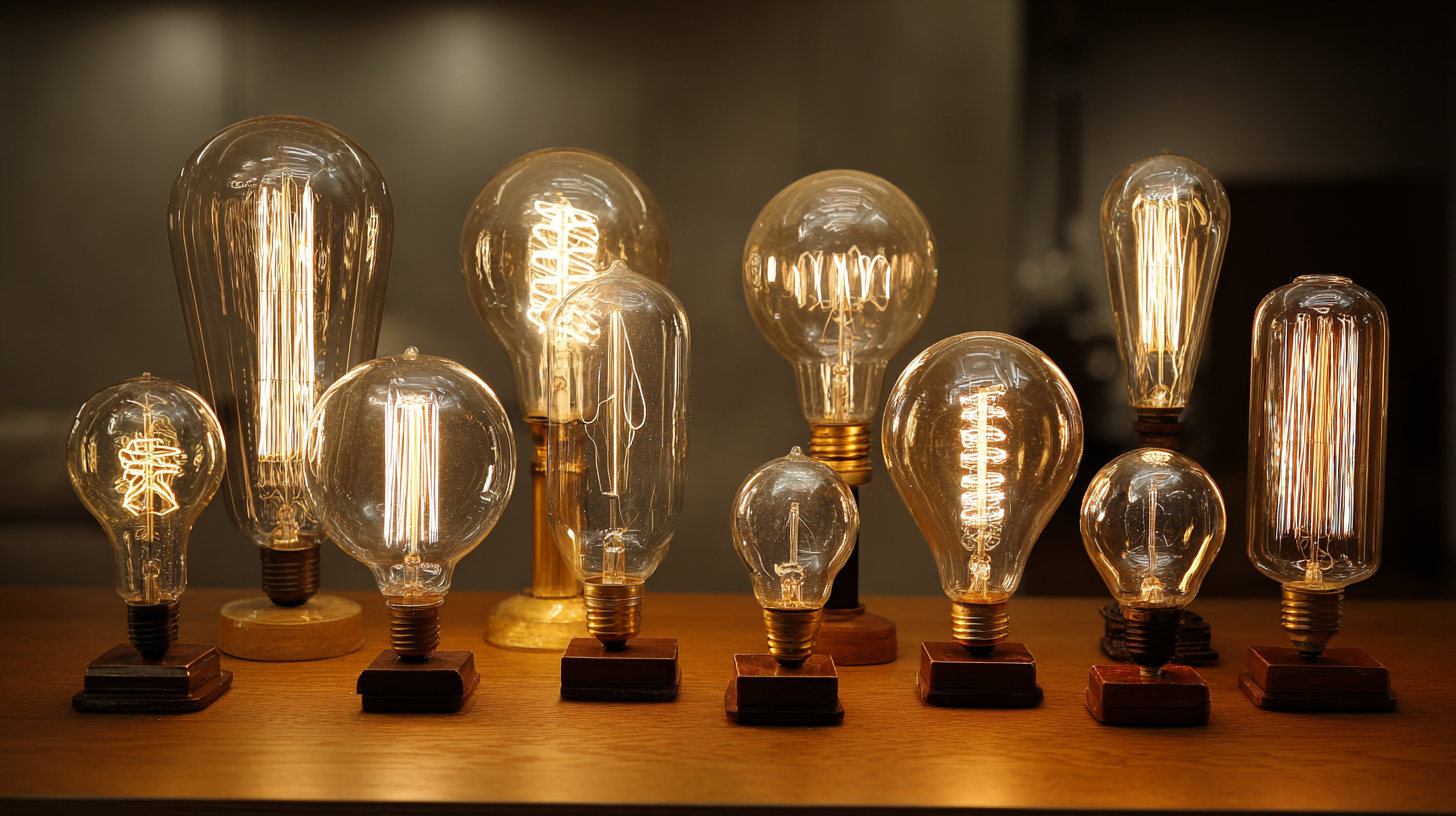
The advancement of technology has led to a myriad of options, including incandescent, compact fluorescent (CFL), and light-emitting diode (LED) bulbs, each possessing unique characteristics and energy consumption profiles. Research indicates that switching from incandescent to LED bulbs can save a homeowner about $225 over the life of each bulb. By being informed about these variations and their impacts, homeowners can not only improve their living environment but also contribute significantly to reducing their energy footprint.
Understanding the Differences: Incandescent, LED, and CFL Light Bulbs
When it comes to choosing light bulbs for your home, understanding the differences between incandescent, LED, and CFL bulbs is crucial. Incandescent bulbs, once the standard, provide warm light but are highly inefficient, consuming four to five times more energy than their LED counterparts. While they may be cheaper upfront, their higher operating costs and shorter lifespan make them less economical in the long run.
In contrast, LED bulbs have revolutionized the lighting industry. They use 70 to 80 percent less energy and can produce the same light output using significantly lower wattage. This efficiency not only reduces electricity bills but also minimizes environmental impact. Compact fluorescent lamps (CFLs) offer a middle ground, providing energy savings compared to incandescents but still falling short of LED efficiency. As consumers navigate this "light bulb revolution," it’s essential to consider these differences to make informed choices that benefit both their homes and their wallets.
The Science Behind Different Types of Light Bulbs and Their Impact on Your Home
| Type of Light Bulb | Wattage | Lifespan (Hours) | Brightness (Lumens) | Energy Efficiency (%) | Heat Emission |
|---|---|---|---|---|---|
| Incandescent | 60W | 1,000 | 800 | 10% | High |
| CFL | 13W | 10,000 | 900 | 60% | Medium |
| LED | 10W | 25,000 | 1100 | 90% | Low |
Energy Efficiency Ratings: Comparing Lifespan and Consumption of Light Bulbs
When selecting light bulbs for your home, energy efficiency ratings play a crucial role in understanding their performance and impact on your electricity bill. According to the U.S. Department of Energy, LED bulbs are the most energy-efficient option available, consuming about 75% less energy than traditional incandescent bulbs while lasting 25 times longer. This efficiency translates to significant cost savings over time; a single LED bulb can save homeowners approximately $225 in energy costs over its lifetime compared to incandescent bulbs.
Compact fluorescent lamps (CFLs) are another efficient alternative, consuming about 70% less energy than incandescents and lasting about 10 times longer. While CFLs are more energy-efficient than traditional bulbs, many consumers still prefer LEDs due to the latter's superior lifespan and increasingly lower prices. According to a report from the Lighting Research Center, the average lifespan of an LED bulb is around 15,000 to 50,000 hours, while CFLs last around 7,000 to 15,000 hours. This considerable difference in lifespan further emphasizes the benefits of adopting LED technology for long-term savings and reduced environmental impact.
The Science Behind Different Types of Light Bulbs: Energy Efficiency Ratings
The Emotional and Psychological Effects of Lighting Types in Home Environments
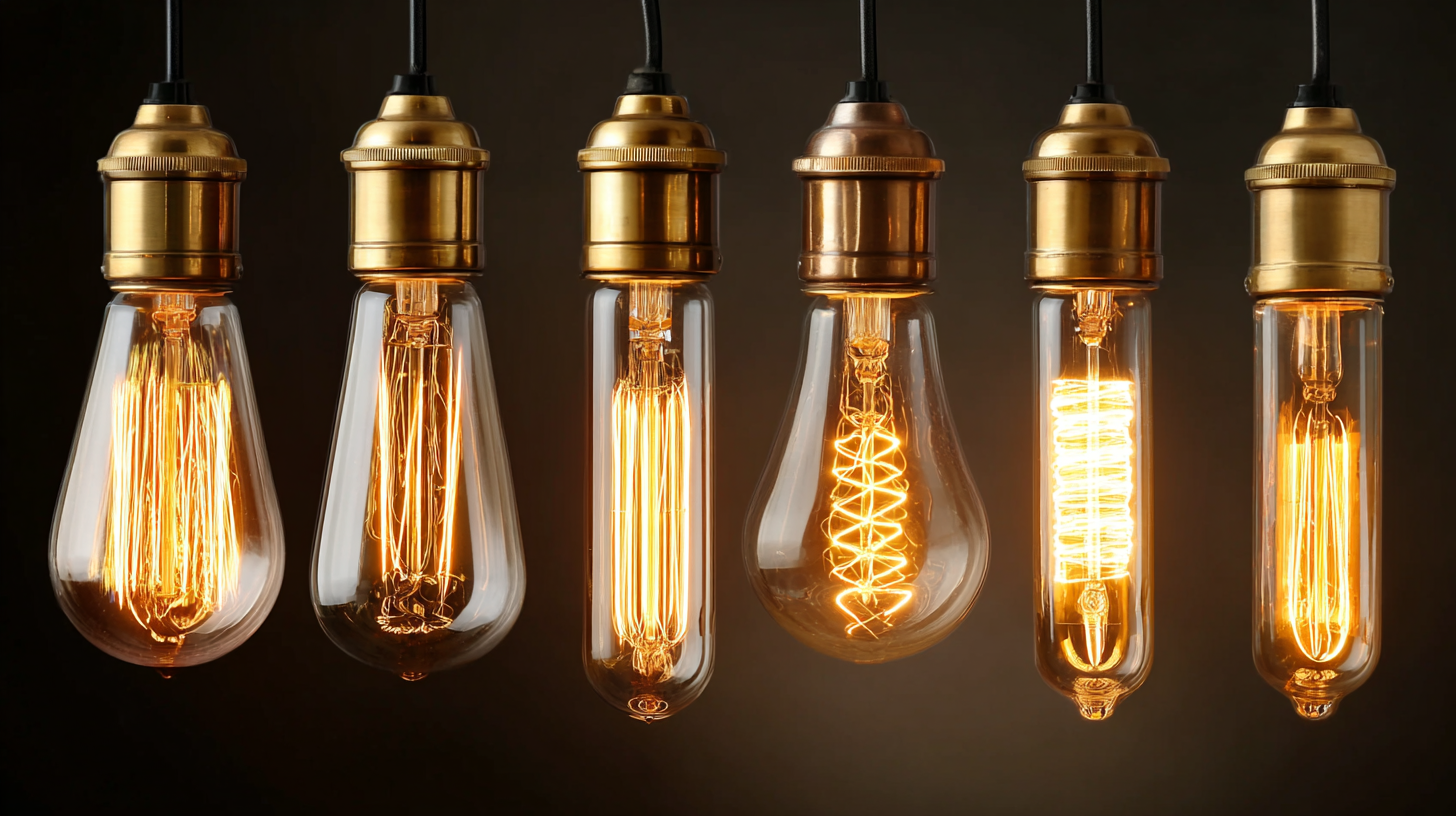 When it comes to creating a comfortable home environment, the choice of lighting plays a crucial role that goes beyond mere aesthetics. Research indicates that different types of light bulbs can significantly influence our emotions and psychological well-being. For instance, warm white LED bulbs, which emit wavelengths similar to sunset light, have been shown to enhance feelings of coziness and relaxation, making them ideal for living rooms and bedrooms. Conversely, cooler light temperatures, akin to daylight, can boost alertness and productivity, making them suitable for workspaces and kitchens.
When it comes to creating a comfortable home environment, the choice of lighting plays a crucial role that goes beyond mere aesthetics. Research indicates that different types of light bulbs can significantly influence our emotions and psychological well-being. For instance, warm white LED bulbs, which emit wavelengths similar to sunset light, have been shown to enhance feelings of coziness and relaxation, making them ideal for living rooms and bedrooms. Conversely, cooler light temperatures, akin to daylight, can boost alertness and productivity, making them suitable for workspaces and kitchens.
Tips: To achieve the right mood in your home, consider using dimmable LED fixtures that allow you to adjust the intensity based on the time of day and activities. According to a report by the American Psychological Association, exposure to brighter light in the morning can improve mood and help regulate circadian rhythms, enhancing overall mental health.
Additionally, the choice of color temperature in your lighting can impact how you feel. A study published in the Journal of Environmental Psychology found that environments lit with softer, warmer tones can decrease stress levels. Thus, opting for bulbs with a color temperature around 2700K for relaxation areas, while reserving brighter, cooler tones (5000K and above) for task-focused spaces, can create a balanced atmosphere that bolsters both comfort and productivity.
Color Temperature and Its Impact on Interior Design Choices
Color temperature plays a crucial role in interior design, influencing not only the ambiance of a space but also the mood of its occupants. Measured in Kelvin (K), color temperature ranges from warm tones, around 2700K, to cool tones, exceeding 5000K. Warm light, reminiscent of traditional incandescent bulbs, tends to create a cozy, inviting atmosphere, making it ideal for living rooms and bedrooms where relaxation is desired. On the other hand, cooler temperatures are often associated with daylight and are best suited for areas requiring focus and energy, such as kitchens and home offices.
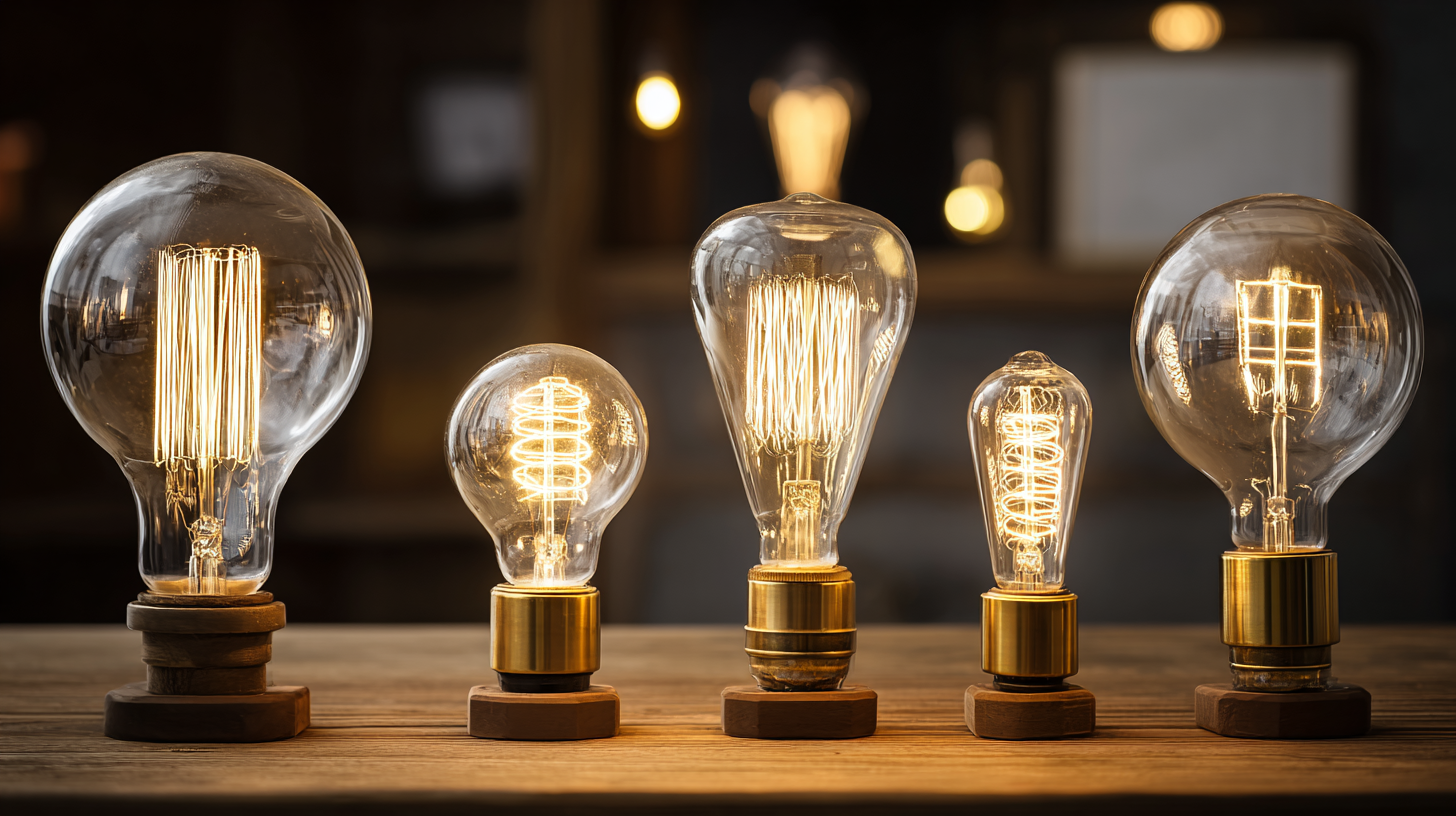
Furthermore, the choice of color temperature can significantly affect how colors appear within a space. Warmer light can soften bold colors and create a more harmonious look, while cooler light can enhance vibrancy and detail, drawing attention to artwork and design elements. Designers often strategically select the appropriate color temperature to complement existing decor and achieve a specific aesthetic. By understanding the nuances of color temperature, homeowners can make informed lighting choices that not only enhance the beauty of their interiors but also promote the desired atmosphere for each room.
Cost Analysis: Long-term Savings with Different Light Bulb Technologies
The evolution of lighting technology has led to a variety of options available for consumers today, each with its own implications for both cost and energy efficiency. Traditional incandescent bulbs have been widely used but are being rapidly replaced by more energy-efficient alternatives such as LED and fluorescent lighting. The global fluorescent lighting market is projected to reach a value of USD 19.48 billion by 2034, growing at a compound annual growth rate (CAGR) of 9.6%. This trend indicates that consumers are increasingly seeking longer-lasting, cost-effective solutions to meet their lighting needs.
When analyzing the long-term savings associated with various light bulb technologies, fluorescent and LED bulbs stand out due to their reduced energy consumption and extended lifespan compared to incandescent bulbs. While the initial purchase price of these energy-efficient options may be higher, their longevity and lower electricity usage contribute to significant savings over time. As homeowners invest in these technologies, they not only lower their utility bills but also contribute to a more sustainable environment. Additionally, understanding the life cycle cost of lighting can help property owners navigate financial challenges, ensuring that the choice of lighting contributes positively to both their budgets and air quality improvements.
Related Posts
-
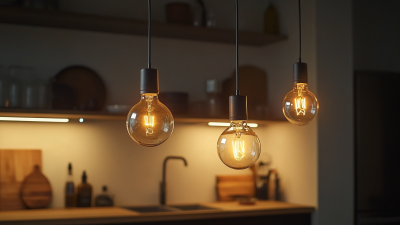
Light Bulbs Market Forecast 2025: 7 Insights and Tips for Global Buyers to Succeed
-
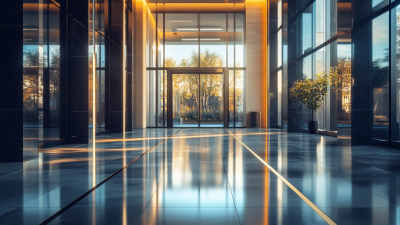
10 Essential Insights for Choosing the Right Commercial Lighting Fixtures
-

How to Choose the Best Commercial Lighting Fixtures for Your Business Needs
-

How China's Manufacturing Thrives Amidst US-China Tariff Challenges: The Rise of Best Lighting Solutions
-
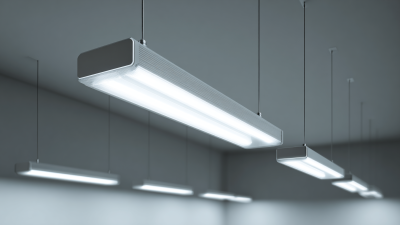
The Future of Innovative Luminaire Solutions for Commercial Lighting
-
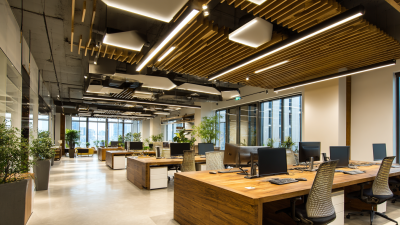
10 Reasons Commercial Lighting Fixtures Enhance Business Efficiency by 30 Percent
